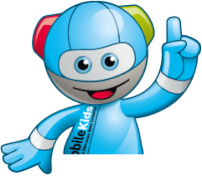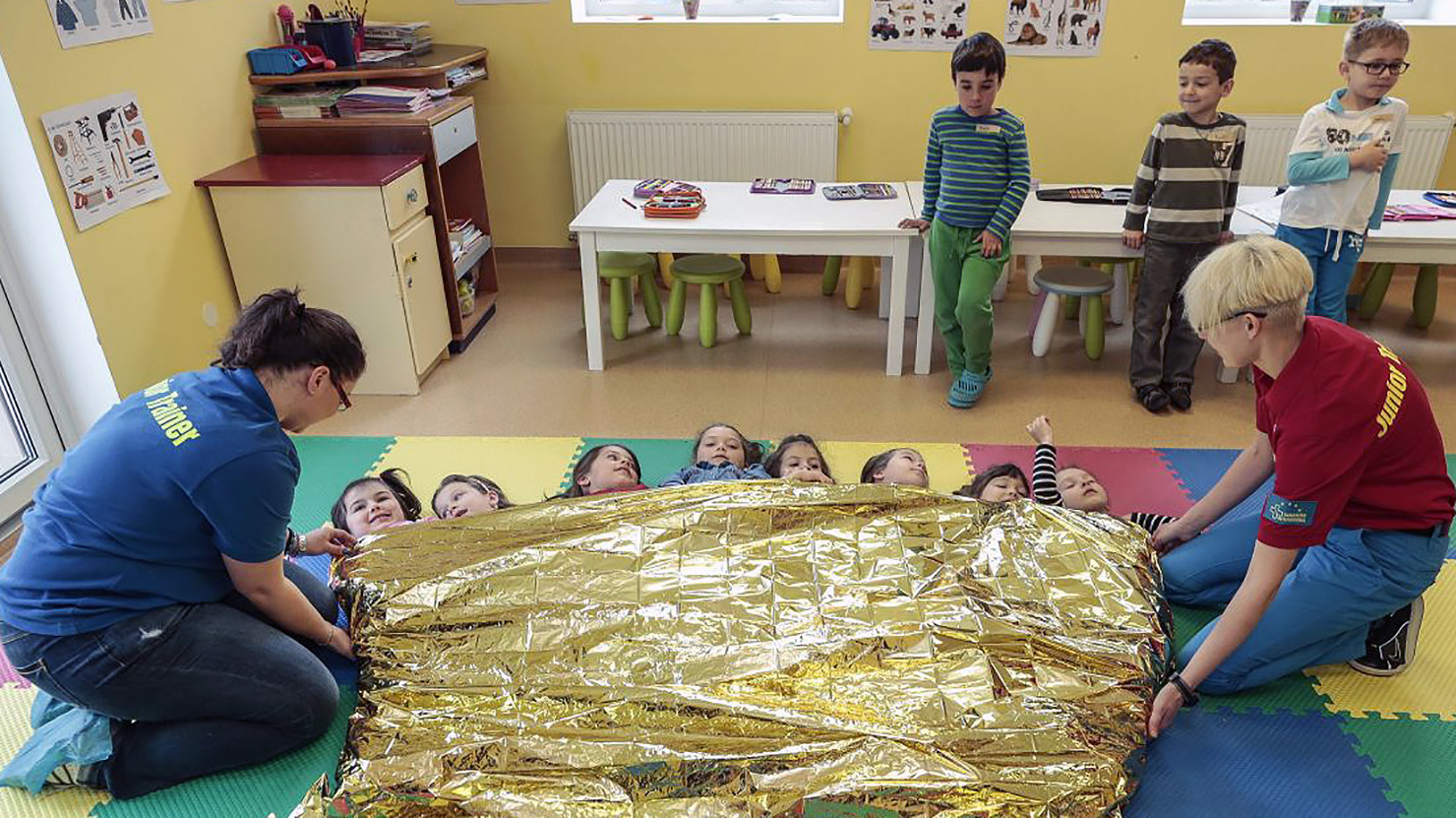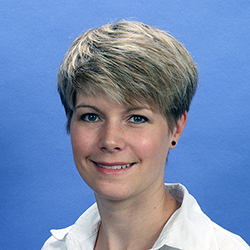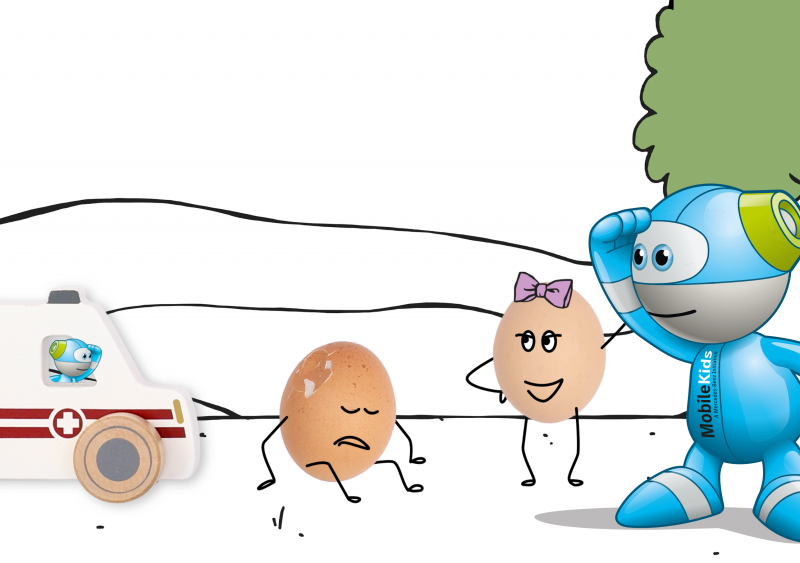Emergency call from the nursery: Teddy has broken his leg. What parent hasn't at some point had to step in as a soft toy doctor and bandage a bear's legs or patch up/give some medicine to a doll with their offspring? It is precisely this interest taken by children when playing that can also be used in real life. Because you are never too small to help. Numerous German aid organisations such as the Johanniter organisation (akin to St John Ambulance), the Red Cross or the Arbeiter Samariter Bund (Workers' Samaritan Federation, ASB) train tomorrow's first-aiders from pre-school age. Tatjana Lindenthal is a paramedic and trainer with the ASB in Ludwigsburg near Stuttgart. In this interview, she explains why you are never too small to help, why mummies play a role in her courses and how every adult can become a first aid instructor.
Tatjana, first aid courses in kindergartens - isn't that much too early?
Absolutely not. The earlier children come into contact with the subject of first-aid, the more natural it becomes for them. Children have no fear of new things, and are open and curious. It's like tying your shoelaces: the more you do it, the more it becomes a routine and the more confident you are in what you're doing. And the less afraid you'll be in an emergency. Unfortunately, it's still the case that many people only do their first training course ahead of getting their driving licence. And then they shy away from moving someone to the recovery position, for example. With children, it's only important to convey the content in an age-appropriate and playful way.
What form does such a course take in a kindergarten or primary school?
First of all, I reinforce the children's self-confidence by making them realise that they have all given first-aid before - for example, when they brought someone a cold pack or went to fetch a teacher when another child was hurt. We discuss what an emergency is, when you need an ambulance and how to call one. Using toy mobile phones, they then get busy making phone calls (laughs). Many five and six year-olds can already dial the numbers, we really shouldn't underestimate them. Even five or six year-olds can manage the stable recovery position with their combined strength - of course, they won't be taught about the tongue possibly slipping backwards, but they learn that injured or unresponsive people are better off lying comfortably on their side.
And what can slightly older children perhaps be trusted to do?
With the older children, you can go into a bit more detail. Their motor skills are also more advanced, so I let them pass their plaster driving licence. I always use cosmetics to simulate minor wounds and the children learn how to treat them, and learn for example that they should not touch a sterile dressing. In the end, they all look like miniature mummies - that's how many bandages they put on each other. We start working with the cardiac resuscitation dummies that you will be familiar with from classic first-aid courses in the sixth grade at the earliest.
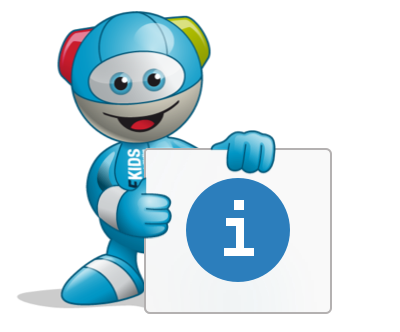
Around the world, first aid is approached in very different ways, for example with consideration to whether such courses should already be a part of the school curriculum, and whether giving assistance should even be made compulsory. We have summarised some of the information:
- In Germany, but also in other countries such as Argentina, Denmark, France or Serbia, there is an obligation to render assistance. Failure to do so may result in heavy fines or even imprisonment.
- In many European countries such as Belgium and Denmark, first aid is part of the school curriculum - at the latest in secondary school.
- Since 1991, a uniform emergency call number for rescue and fire services has applied in all member states of the European Union: 112.
How much interest do daycare centres and schools show in these courses?
In our region the response is very good, we are booked up well in advance. The fact that the issue is important has now been acknowledged. But we've noticed that the costs are often an obstacle. It's all the more satisfying that the Federal Office for Disaster Relief now has the funded programme q(see Infobox), which includes first-aid training for children aged three to ten.
What can classroom staff, teachers and parents do beyond booking a course?
Well of course, the topic can be taken up and discussed again and again in the kindergarten or school, so that it remains fresh in the children's minds. Parents can already do a lot in their position as role models: when children see that mum and dad don't just walk past people who need help, they remember it. What most people don't know is that anyone can also volunteer to be trained as a first aid instructor. The training with the ASB takes 19 days, for example. And in the EHSH programme, educators and teachers without prior medical knowledge can be trained as so-called multipliers, and then teach the contents of the programme to children aged three to ten.

Since 2020, the Federal Office of Civil Protection and Disaster Relief has promoted "Training in First Aid with Self-Protection Content" - or "EHSH" for short. The aim is to train the population to help themselves and others in emergencies until professional helpers arrive. In cooperation with five emergency services, the aim is to increase the nationwide resilience of the population to cope with emergencies and disasters through initiatives such as first aid courses. One of the eight modules is the training of children between the ages of three and ten.
Information is available from the EHSH central offices of the aid organisations.

